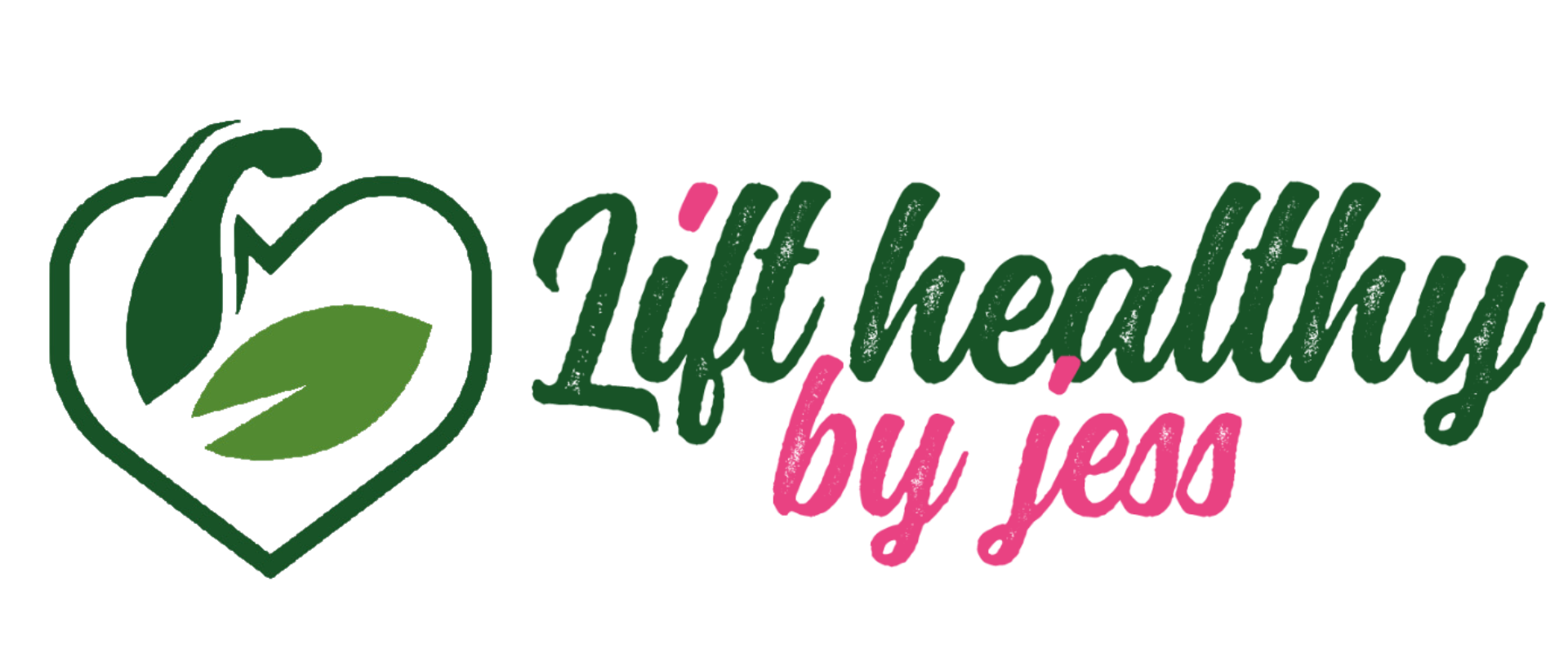
6 Simple Ways To Increase Your Protein Intake Without Meat
It’s proven that increasing our protein intake can help us with various goals, such as losing weight and increasing muscle mass. When we think about protein intake, the first thing that comes to mind is chicken, egg whites, and greek yogurt. What if you don’t eat meat products? How can you increase your protein intake without meat?
If you are looking for ways to increase your protein intake without meat, you have come to the right place. In this article, we will discuss some great plant-based sources of protein that will help you meet your daily protein requirements. We will also provide some tips on making sure that you are getting all the nutrients your body needs. So, whether you are a vegan or just someone looking for more protein in their diet, read on for some helpful information!
1. Understanding the role of proteins in our diet

Protein is an essential macronutrient for the body to function properly and maintain health. In addition to being a primary component of nearly every cell in your body, protein also produces hormones and helps build muscle and repair muscle tissue. Unlike carbohydrates and fat, protein cannot be stored as reserves. Therefore, you need to regularly consume protein via your diet to satisfy your body’s protein needs.
Protein on its own, however, is not enough! In addition, you should make sure you provide your body with adequate levels of the nine essential amino acids, which the body cannot synthesize on its own but play a critical role in protein synthesis. The nine essential amino acids are supplied to the body in optimal quantities by proteins derived from animal sources. These proteins are often referred to as “complete proteins.”
Even though all amino acids are present in the vast majority of plant-based proteins, some of them are at low concentrations. These are often called “incomplete” proteins. But vegans need to make sure they consume a variety of different sources of protein so that all amino acids are supplied in a balanced manner. So now that we understand proteins, let’s talk about how you can increase your protein intake without meat?
2. Consider adding more plant-based proteins to your diet
Many plant-based foods are high in protein. Let’s talk soy!
The most commonly recognized source of protein from plants is soy. This plant serves as a meat substitute for those who want plant-based alternatives. Tofu, edamame, and tempeh are the three most commonly used forms. Additionally to protein, all three soy types contain significant amounts of iron and calcium, which provide additional nutritional value and health benefits. The amount of protein found in soy depends on how it’s prepared.
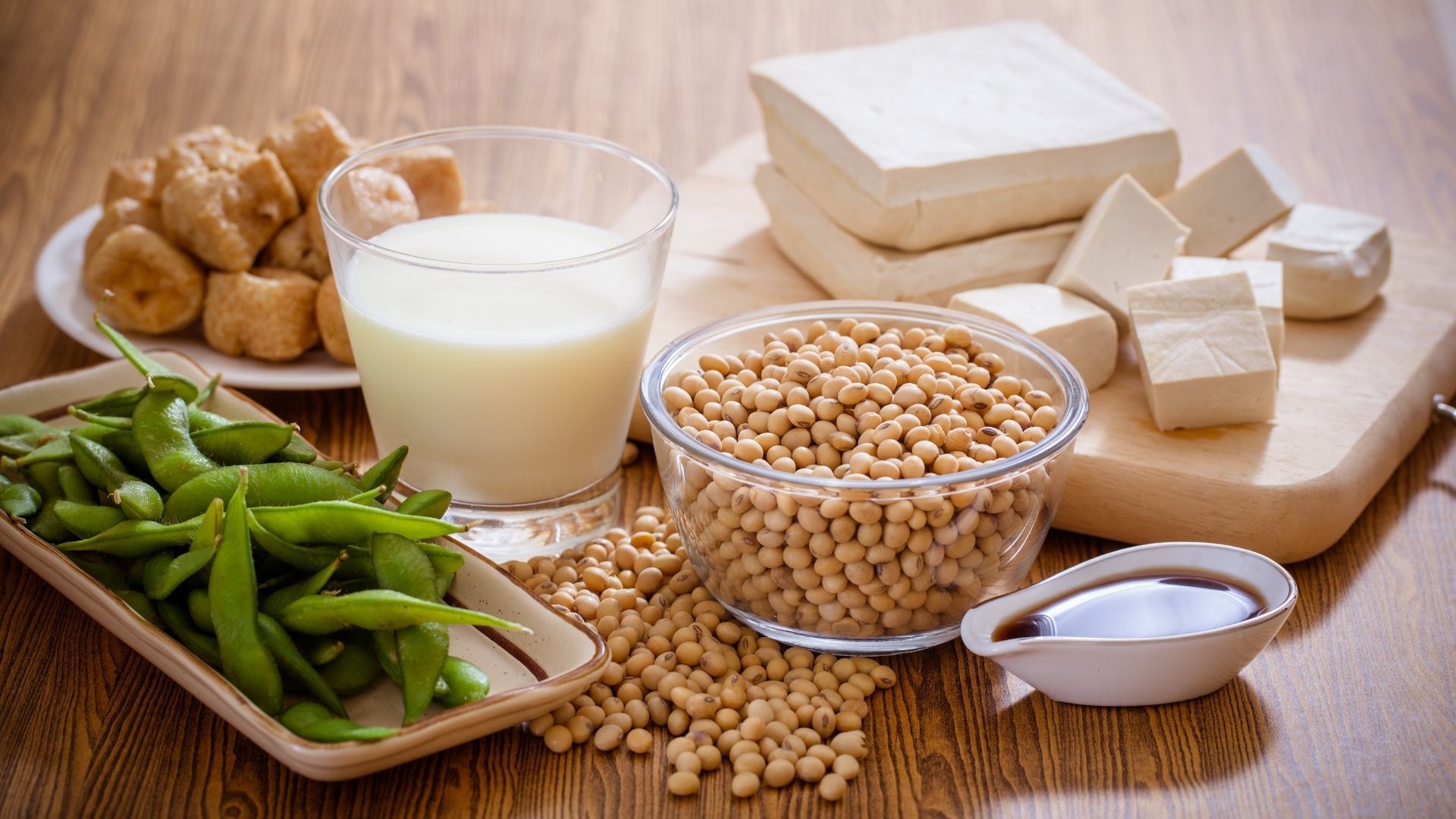
- Tofu: Bean curds are pressed together to make this popular meat substitute. Tofu contains approximately 10 grams of protein in 3.5 ounces. To get the best value, choose non-GMO and organic options.
- Edamame: Rich in fiber, folate, and vitamin K. The soybeans in this category are the least processed and can be eaten directly or added to other recipes after being boiled or steamed. Despite their natural state, edamame is the most nutrient-dense soybean. A cup of shelled edamame contains 18 grams of protein.
- Tempeh: Made by fermenting soybeans and then pressing them into blocks. It’s an excellent source of B vitamins and contains minerals like magnesium and phosphorus. Due to its compact nature, tempeh contains even more protein than tofu, containing about 15 to 16 grams per 3.5 ounces. This fermented food is beneficial to your microbiome as well!
We discussed how soy sources could provide protein. What if you don’t like soy? No problem! Let’s consider other plant proteins that can increase your protein intake without meat products.
Peas
The average serving of peas provides approximately 25% of your daily fiber requirement, thiamine, folate, manganese, and vitamins A, C, and K. It is a good source of potassium, manganese, zinc, copper, iron, magnesium, and phosphorus as well. When cooked, it contains 9 grams of protein per cup, just a little bit more than milk!
Lentils
Cooked lentils contain about 9 grams of protein per half a cup! Additionally, they provide a good amount of iron, manganese, folate, and antioxidants. Lentils are an excellent source of fiber. Just one cup of lentils has about 50% of your daily fiber requirement. The dietary fiber in them promotes healthy gut bacteria, reduces the risk of heart disease, lowers body weight, and minimizes diabetes risk.
Beans
Garbanzo beans, black beans, pinto beans, and kidney beans are excellent protein sources. Half a cup of cooked beans will contain around 7.5 grams of protein. Beans provide fiber, iron, folate, phosphorus, potassium, manganese, complex carbohydrates, and many other plant compounds that are good for your health. Studies have shown that beans may reduce cholesterol levels and lower blood pressure.
3. Experiment with different protein sources
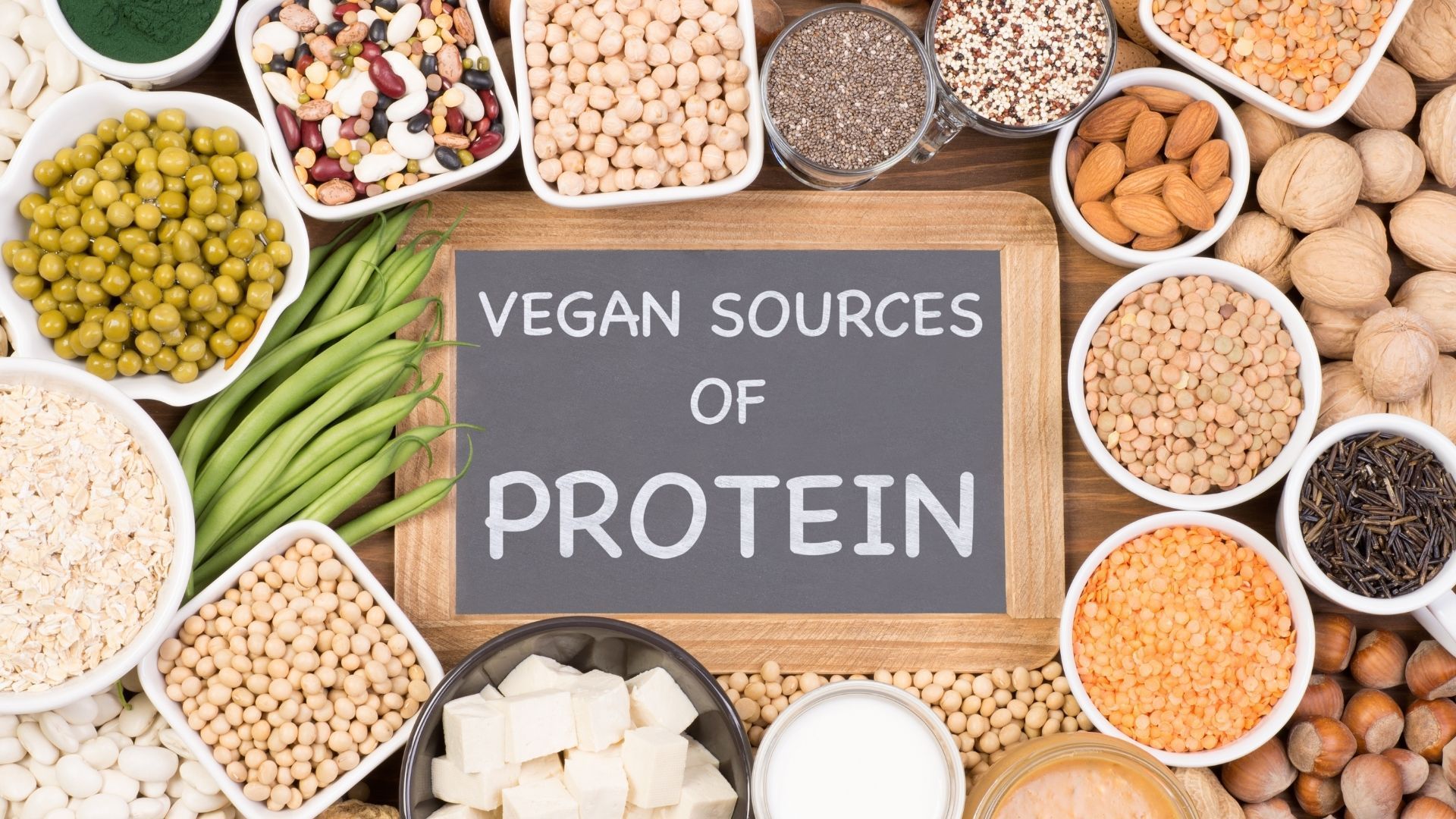
We have touched on different plant-based sources that provide you with protein. The next step is experimenting with these options. Some find that switching to plant-based has resulted in high amounts of gas. If this is the case for you, try a smaller amount of beans or lentils at first and slowly increase your intake. Many of these plant-based options are high in fiber which can cause discomfort when consumed in large amounts.
If you’re looking to increase your protein intake without meat, finding plant-based proteins that you enjoy is key to a successful transition.
4. Use plant-based protein powder as a supplement
If you’re struggling to increase your protein intake without meat, plant-based protein powders can be a helpful supplement. Let’s face it, eating 3 or 4 cups of beans a day is not realistic. Adding a plant-based protein powder to your diet will allow you to reach your goals without having to eat as many of these foods. Notice the different types of plant-based protein powders:
Soy Protein Powder:
This powder is made from soybeans and is a complete protein. It contains all the essential amino acids your body needs to perform optimally. It has approximately 20 to 25g of protein per scoop.
Hemp Protein Powder:
Hemp protein powder is made from hemp seed and is a complete protein. It contains all the essential amino acids your body needs to perform optimally. This can have from 10 to 18g of protein per serving, depending on the brand.
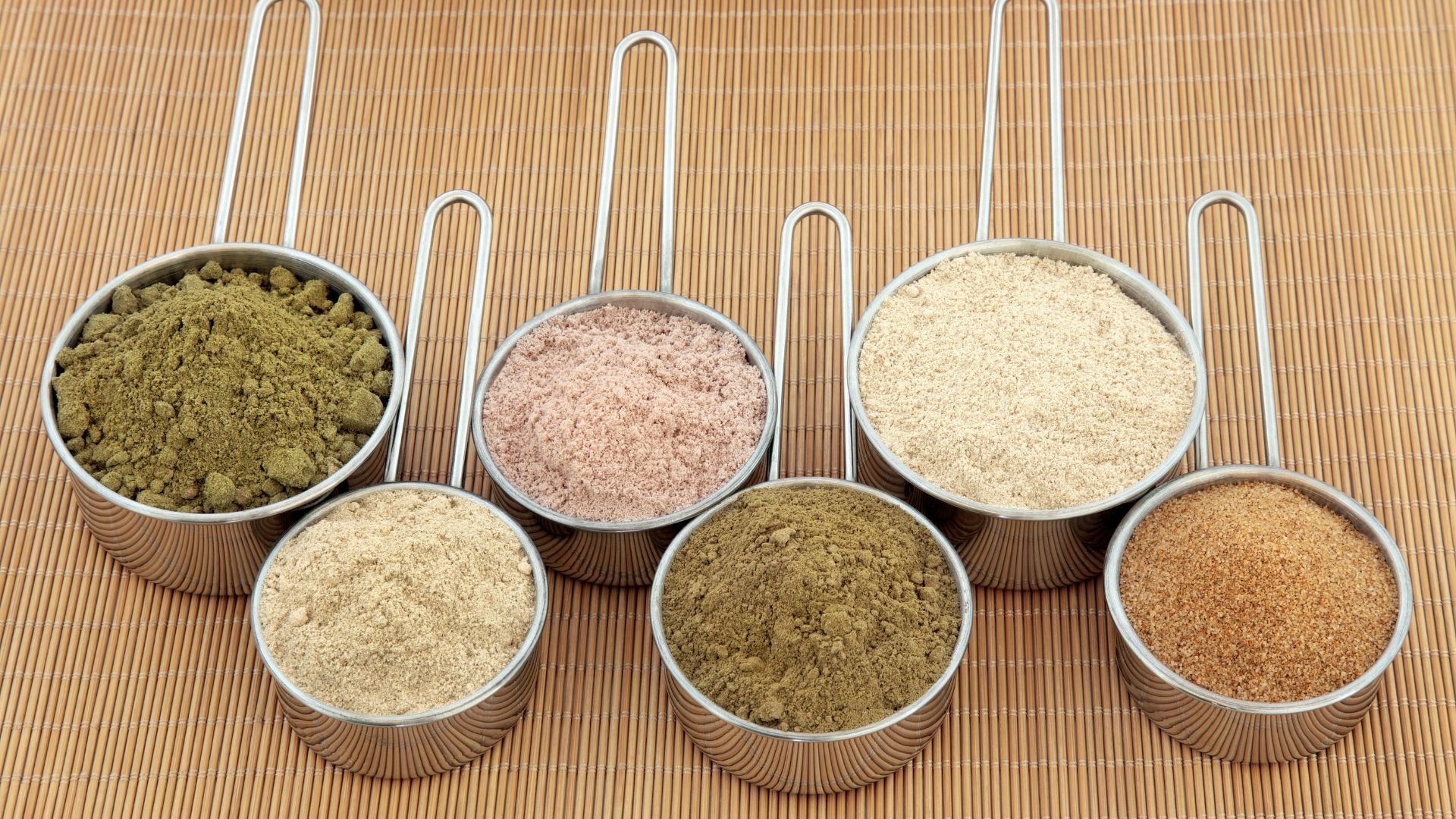
Pea Protein Powder: Pea protein powder is made from yellow split peas and is a complete protein. Depending on the brand you choose, it can have from 20 to 28g of protein per serving.
These are just three options, but you can also find quinoa protein powder and brown rice protein powder. With so many plant-based protein powders on the market, you need to do careful research and see which one would be the best fit for you and make sure it’s a complete protein powder containing all amino acids.
When looking for a plant-based protein powder, read the label carefully. Not all powders are created equal. Some powders are made from a blend of plant-based proteins, while others are just one type of protein. You also want to watch out for fillers and gums. While some brands contain fillers that add extra calories, sweeteners, and carbs, others include more natural ingredients.
5. Find creative ways to add protein to your meals
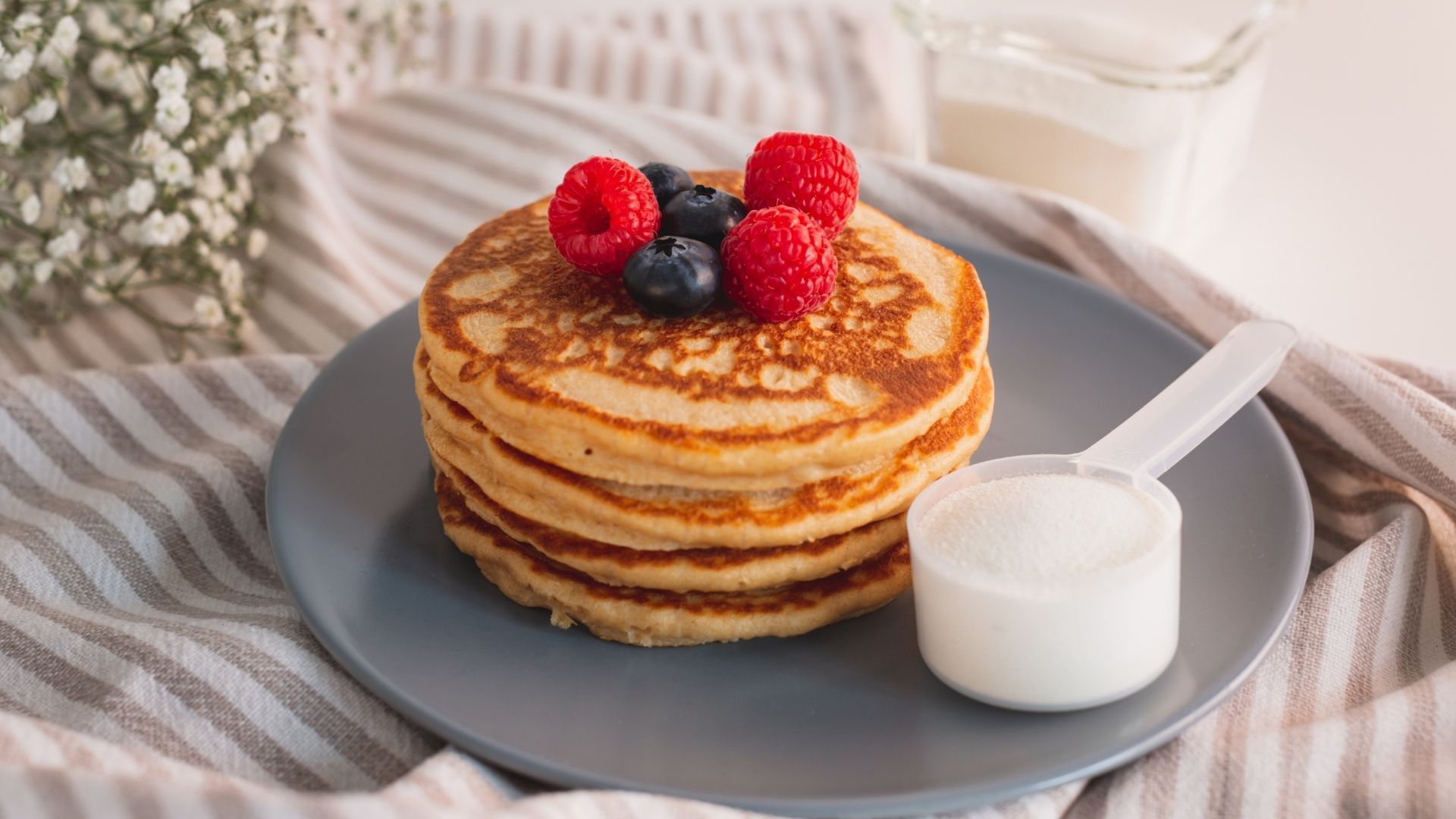
Now that you have some plant-based protein sources, it’s time to get creative in the kitchen. There are many ways you can add protein powder to your meal. Try using your protein powder in pancakes, muffins, smoothies, cookies, oats, homemade protein bars, bread. I can go on and on! Adding your plant-based protein powder to your recipes will also help mask the flavor if you’re not a fan.
If you’re struggling to incorporate plant-based protein in your diet but are unsure how to do so, I would be happy to help you. Through my 1:1 Coaching program, you can learn how to increase your protein intake without meat. I also provide a sample meal plan that will show you how to increase your protein intake with plant-based foods according to your macros. My 1:1 Coaching program will give you the tools you need to succeed in your plant-based journey.
6. Make sure you’re getting enough nutrients when reducing meat intake
It’s noted that those that go into a vegan diet tend to lack enough vitamin B12, calcium, iron, and zinc. So while you don’t have to include meat in your vegan diet to get these nutrients, you must be mindful of other sources.
- Vitamin B12 can be found in fortified plant-based milk, breakfast cereals, and nutritional yeast.
- Calcium can be found in leafy greens, fortified plant-based milk, some tofu products, and sesame seeds.
- Iron can be found in black beans, lentils, spinach, and quinoa.
- Zinc can be found in legumes, nuts, and whole grains.
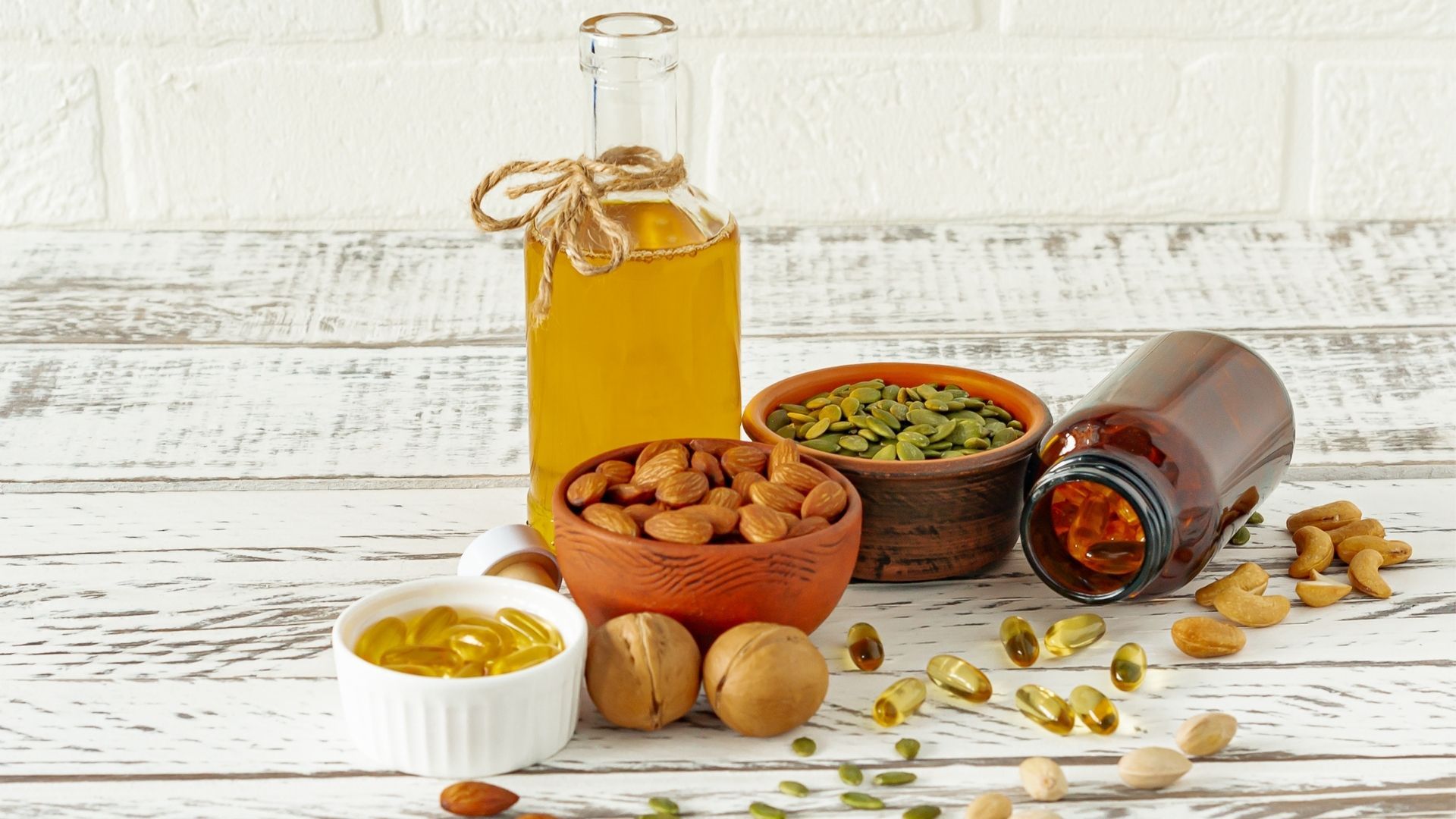
It’s possible to increase your protein intake without meat
In conclusion, there are many ways you can increase your protein intake without meat! First, find plant-based protein sources that you enjoy. Then, you can easily add them to your meals with a bit of creativity. You can also find plenty of recipes on Pinterest or simply by typing in Google plant-based protein recipes. Find what you love and get creative!
Don't forget to share!
Jess Chambers
NASM-CNC, BCS, CPT
@Lifthealthybyjess
Join me on Instagram!
Hey there! Want daily inspiration, nutrition tips, and fitness motivation? Follow Lift Healthy by Jess on Instagram for delicious recipes, workout ideas, and success stories from clients who love all things health. Join our community for expert guidance and a daily dose of wellness goodness. Let's crush those goals together!
